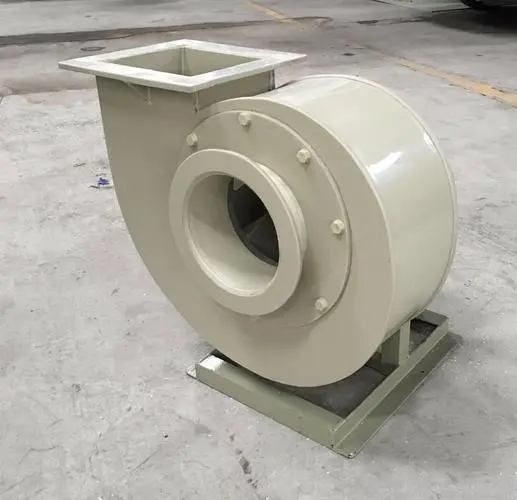laboratory balance in density
Understanding the Role of Laboratory Balance in Density Measurement
In scientific research and industries such as pharmaceuticals, food science, and material testing, accurate measurement is crucial. One essential tool that aids in this process is the laboratory balance. While most commonly associated with measuring mass, laboratory balances also play a significant role in determining the density of substances, which is a critical physical property in many applications.
Density is defined as the mass of a substance per unit volume, typically expressed in grams per cubic centimeter (g/cm³). To accurately calculate density, one must have precise measurements of both mass and volume. This is where the laboratory balance comes into play. By ensuring that the mass measurements are accurate, scientists can confidently calculate the density of various materials.
Using a laboratory balance to measure density involves a few key steps. First, the mass of the sample needs to be determined using the balance. Modern electronic balances provide highly accurate readings, often to the nearest milligram or even microgram, which is essential for scaling down measurements in smaller samples. It is important to calibrate the balance regularly to maintain its accuracy, particularly when conducting sensitive measurements.
Once the mass of the sample is known, the next step is to determine its volume. Volume can be measured in several ways, depending on the state of the sample. For solids, one common method is displacement, where the volume is determined by submerging the solid in a liquid and measuring the change in liquid level. For liquids, a graduated cylinder or pipette can be used for precise volume measurement.
With both mass and volume measurements at hand, density can be calculated using the formula
laboratory balance in density

\[ \text{Density} = \frac{\text{Mass}}{\text{Volume}} \]
This straightforward relationship underscores the importance of accuracy in both mass and volume to achieve reliable density values.
In addition to traditional measurements, laboratory balances can be integrated with digital sensors and software that allow for real-time calculations and data logging. This technological advancement not only enhances precision but also simplifies the density measurement process in a laboratory setting. Furthermore, many balances come equipped with features such as tare functions, which help users eliminate extraneous weight (like containers) from their measurements, ensuring that only the sample's mass is considered.
Understanding the relationship between mass, volume, and density is fundamental in various scientific fields. In material science, for instance, knowing the density of a substance can help in identifying material properties and behaviors under different conditions. In pharmacology, density measurements can be crucial for formulating medications, as they inform dosage and efficacy. Furthermore, in quality control processes, density can indicate purity and composition, directing necessary adjustments in production.
In conclusion, the role of laboratory balances goes beyond merely measuring mass; they are vital for accurate density determination. As industries and research fields demand greater precision and efficiency, advances in laboratory balance technology continue to streamline density measurements, solidifying their essential place in scientific inquiry and practical applications. By leveraging accurate mass measurements, researchers can better understand the materials they work with, ultimately leading to innovations and improvements across various sectors.
-
Why the Conductor Resistance Constant Temperature Measurement Machine Redefines Precision
NewsJun.20,2025
-
Reliable Testing Starts Here: Why the High Insulation Resistance Measuring Instrument Is a Must-Have
NewsJun.20,2025
-
Flexible Cable Flexing Test Equipment: The Precision Standard for Cable Durability and Performance Testing
NewsJun.20,2025
-
Digital Measurement Projector: Precision Visualization for Modern Manufacturing
NewsJun.20,2025
-
Computer Control Electronic Tensile Tester: Precision and Power for the Modern Metal Industry
NewsJun.20,2025
-
Cable Spark Tester: Your Ultimate Insulation Assurance for Wire and Cable Testing
NewsJun.20,2025
 Copyright © 2025 Hebei Fangyuan Instrument & Equipment Co.,Ltd. All Rights Reserved. Sitemap | Privacy Policy
Copyright © 2025 Hebei Fangyuan Instrument & Equipment Co.,Ltd. All Rights Reserved. Sitemap | Privacy Policy
